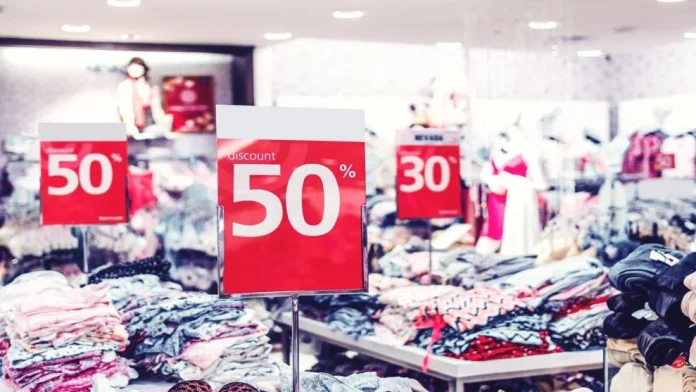A surge in consumer optimism and cooling inflation provided a shot of confidence for the U.S. economy this week, with the Conference Board’s Consumer Confidence Index leaping to 98 in May, well above Wall Street’s expectations of 88. Coupled with a dip in core PCE inflation to 2.5% year-over-year, down from 2.7%, the data painted a picture of resilient consumer spending and a potential path to a soft economic landing. Yet, a 6.3% drop in durable goods orders for April signaled persistent manufacturing headwinds, driven by tariff uncertainties, keeping investors and policymakers on edge.
The Conference Board’s Consumer Confidence Index, a key gauge of household sentiment, hit its highest level since July 2023, reflecting robust spending intentions despite trade policy volatility. The index’s climb from 93.4 in April was driven by improved perceptions of current economic conditions and job availability, with 38% of consumers rating jobs as “plentiful,” up from 35%. The expectations component, which measures outlook for the next six months, also rose sharply, signaling optimism about income and business conditions.
“Consumers are shrugging off tariff noise and focusing on a strong labor market and rising wages,” said Kathy Bostjancic, chief economist at Nationwide. Retail giants like Costco Wholesale (COST, +33.71% for the week) and Walmart (WMT, +2.8%) benefited from the upbeat mood, with strong sales reflecting sustained household spending, which accounts for nearly 70% of U.S. GDP.
The Federal Reserve’s preferred inflation gauge, the core Personal Consumption Expenditures (PCE) index, eased to 2.5% year-over-year in April from 2.7% in March, marking its lowest level since early 2023. The slowdown, driven by moderating housing and energy costs, brought inflation closer to the Fed’s 2% target, fueling market expectations for monetary policy easing. Futures markets now price in a 98% chance of two 25-basis-point rate cuts in 2025, with the first likely in September, down from earlier bets on a June cut (now at 2% probability).
“The inflation trajectory supports a soft landing narrative,” said Gregory Daco, chief economist at EY-Parthenon. “But the Fed will need more evidence of sustained cooling before acting.” The central bank’s cautious stance reflects concerns over persistent services inflation and potential tariff-driven price spikes, particularly after President Trump’s doubling of steel and aluminum tariffs to 50%, effective June 4.
The economic picture wasn’t uniformly rosy. Durable goods orders, a barometer of manufacturing health, fell 6.3% in April, slightly better than the expected 6.5% decline but a sharp reversal from March’s 2.6% gain. The drop, concentrated in transportation equipment and machinery, reflected supply chain disruptions and cost pressures tied to tariff uncertainties. “Manufacturers are caught in a bind—tariffs are raising input costs while demand for big-ticket items softens,” noted Diane Swonk, KPMG’s chief economist.
The manufacturing slowdown weighed on industrial stocks, with Caterpillar (CAT) and Boeing (BA) declining 1.2% and 0.9%, respectively, for the week. The broader S&P 500 industrials sector lagged, down 0.4%, contrasting with gains in technology (+1.98%) and real estate (+2.57%).
The combination of rising consumer confidence and easing inflation bolstered markets, with the S&P 500 gaining 2.1% and the Nasdaq 100 up 2.3% for the week, capping May’s 6.2% rally—the index’s best monthly performance since 1990. Investors rotated into consumer discretionary stocks, with Ulta Beauty (ULTA, +14.9%) and Lululemon (LULU, +3.4%) among the top performers.
Looking ahead, the May employment report, due June 6, will be critical in shaping Fed policy expectations. Economists project 180,000 jobs added and a steady 3.9% unemployment rate, which could reinforce the soft landing narrative. However, ongoing trade tensions, including stalled U.S.-China talks and India’s threat of WTO action over metal tariffs, pose risks to global supply chains and inflation.
“Consumers are the economy’s backbone right now, but tariffs could throw a wrench in the recovery,” said Liz Ann Sonders, Schwab’s chief investment strategist. For investors, the advice is clear: stay diversified and brace for volatility as trade policy and economic data drive the narrative in June.
By: Montana Newsroom staff




